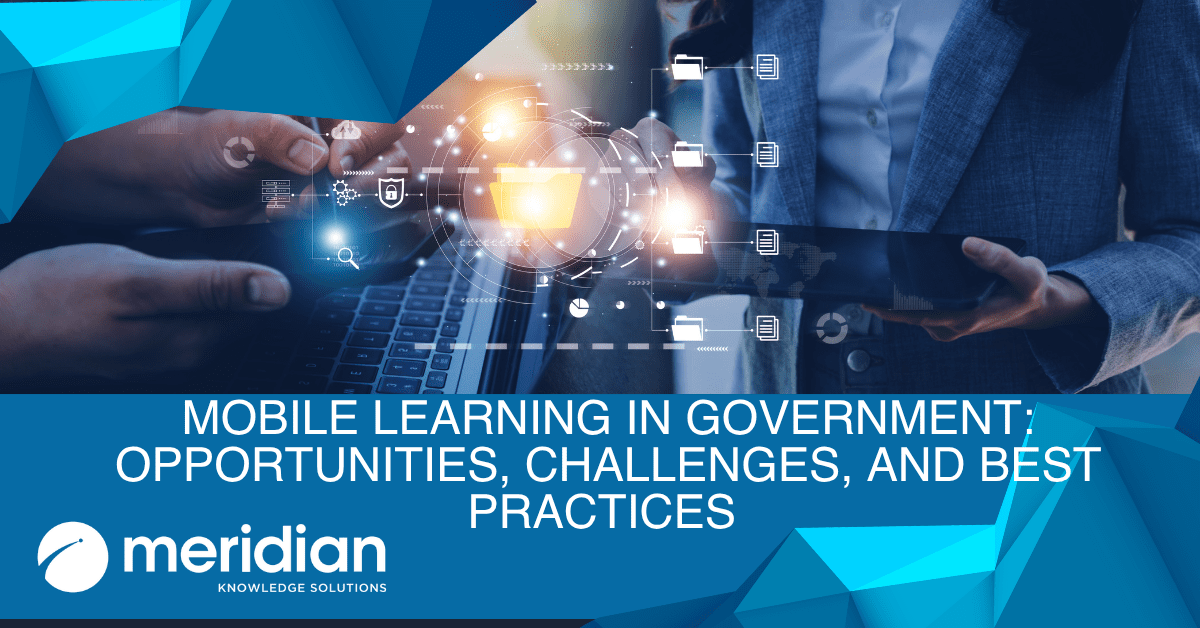
The pace of technological change is relentless, and nowhere is this more evident than in corporate training. New advancements like artificial intelligence (AI), virtual reality (VR), and the Internet of Things (IoT) are changing how employees learn and develop skills. Organizations must adopt a future-proof training strategy that incorporates these emerging learning technologies to remain competitive.
This blog post explores how AI in LMS platforms provides personalized learning paths, how VR training solutions create immersive experiences, and how other emerging technologies are shaping the future of education and development. You’ll learn about the benefits, the challenges, and practical steps to prepare your organization for the next wave of digital transformation.
AI-powered LMS platforms analyze learners’ performance, preferences, and behavior to recommend tailored courses and content. This level of personalization ensures that employees are neither overwhelmed by irrelevant modules nor bored by overly simplistic material. AI can also automate routine tasks like quiz grading and administrative notifications, freeing L&D professionals to focus on strategic initiatives.
For example, chatbots built with natural language processing can serve as virtual tutors, answering questions and providing resources 24/7. These bots can also gauge emotional sentiment and adjust their responses to better support learners. For data-driven perspectives on AI’s growing role in education, check out McKinsey’s insights on AI in education.
VR training solutions offer immersive learning experiences that enable employees to practice real-world tasks virtually. This is especially beneficial in high-risk industries like healthcare, aviation, and manufacturing, where hands-on training can be costly and risky. VR simulations allow learners to repeat procedures until they’re proficient, drastically reducing errors in actual work environments.
Augmented reality (AR) extends the concept by overlaying digital information onto the physical world. Field technicians, for instance, can wear AR headsets that display step-by-step maintenance instructions, reducing downtime and improving accuracy. As the technology becomes more affordable, more sectors will leverage VR/AR for skill-building, compliance training, and beyond.
By staying informed about these developments, organizations can identify which technologies offer the greatest ROI and best align with their strategic objectives.
With careful planning, these hurdles can be effectively managed, ensuring a smooth transition to next-generation training methods.
Organizations must stay agile to future-proof training by leveraging emerging learning technologies such as AI in LMSs, VR training solutions, and beyond. While the journey can involve significant investments and cultural shifts, the payoff—enhanced engagement, personalized learning, and minimized risk—makes it worthwhile.
If you’re ready to explore how these innovations can transform your workforce, Meridian Knowledge Solutions can help.